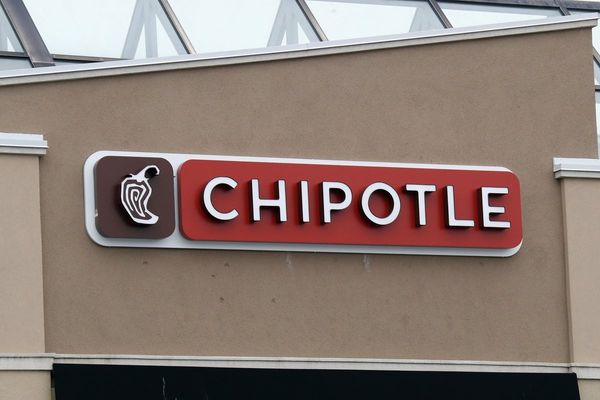
One of the occasional oddities of modern supermarket shopping is being asked by a fellow customer – not a checkout assistant – whether one has a Clubcard, Nectar card or whatever. The cardless shopper understandably wants the lower prices that usually come with tapping the relevant piece of plastic. Since the card-equipped shopper can gain a few loyalty points for free, a mutually beneficial arrangement is easily agreed. But the process feels silly. Why are supermarkets creating these hassles?
Welcome, of course, to the age of retail-data collection. The punishment for not having a loyalty card that will record your shopping habits can be a meaningfully higher price at the till. Loyalty schemes aren’t new, but substantially stiffer prices are. Tesco has more than 8,000 products that are cheaper for holders of its Clubcard and Sainsbury’s has about 6,000 items in its Nectar scheme.
Is this fair? The Competition and Markets Authority will face the usual accusation of meddling in minor matters, but its review of loyalty card price cuts is welcome. It is not only data refuseniks, the lazy and the disorganised who are at risk of losing out under a two-tier pricing system. You have to be 18 and a UK resident to join Tesco’s Clubcard scheme. If the biggest player in food retailing thinks children and foreign visitors are fair game for fleecing, that has happened without public debate.
Another issue raised by Which? is whether the “discounts” for cardholders are genuine, or just reductions from a cunning and briefly charged higher price. Good question. It wouldn’t be the first instance of retailers seeking to baffle the customers with complexity.
The case for the defence is that personalised marketing and supplier-sponsored advertising, which is what the data collection enables, is standard stuff these days. Amazon’s algorithms ceaselessly spit out “recommended for you” emails, and the big supermarkets are just taking things a step further. The food retailing market is competitive, as the CMA concluded in its last inquiry (the latest concerns over baby formula and other products relate to manufacturers), so any gains for the retailers may be recycled into prices eventually. Since the vast bulk of shoppers have at least one of these cards, where’s the problem?
Well, it’s still the degree of the two-tier pricing system at the till. Old-style schemes solely based on redeemable points dealt, in effect, in small percentage savings that accumulated over time. At Tesco yesterday a pack of the same Pampers nappies – an essential item for some – was selling for £6 for cardholders and £10 for non-cardholders.
Fruit and veg are increasingly being incorporated into these schemes, which must, incidentally, present a challenge for the Office for National Statistics in measuring the true level of inflation.
The CMA – who knows? – may eventually conclude that innovation in marketing is part of a competitive market; that rewarding loyalty is legitimate; and that consumers aren’t idiots and know to play the game, even when (as above) they haven’t got a card. But an inquiry is in order: two-tier pricing has happened by stealth and plainly doesn’t benefit all.







